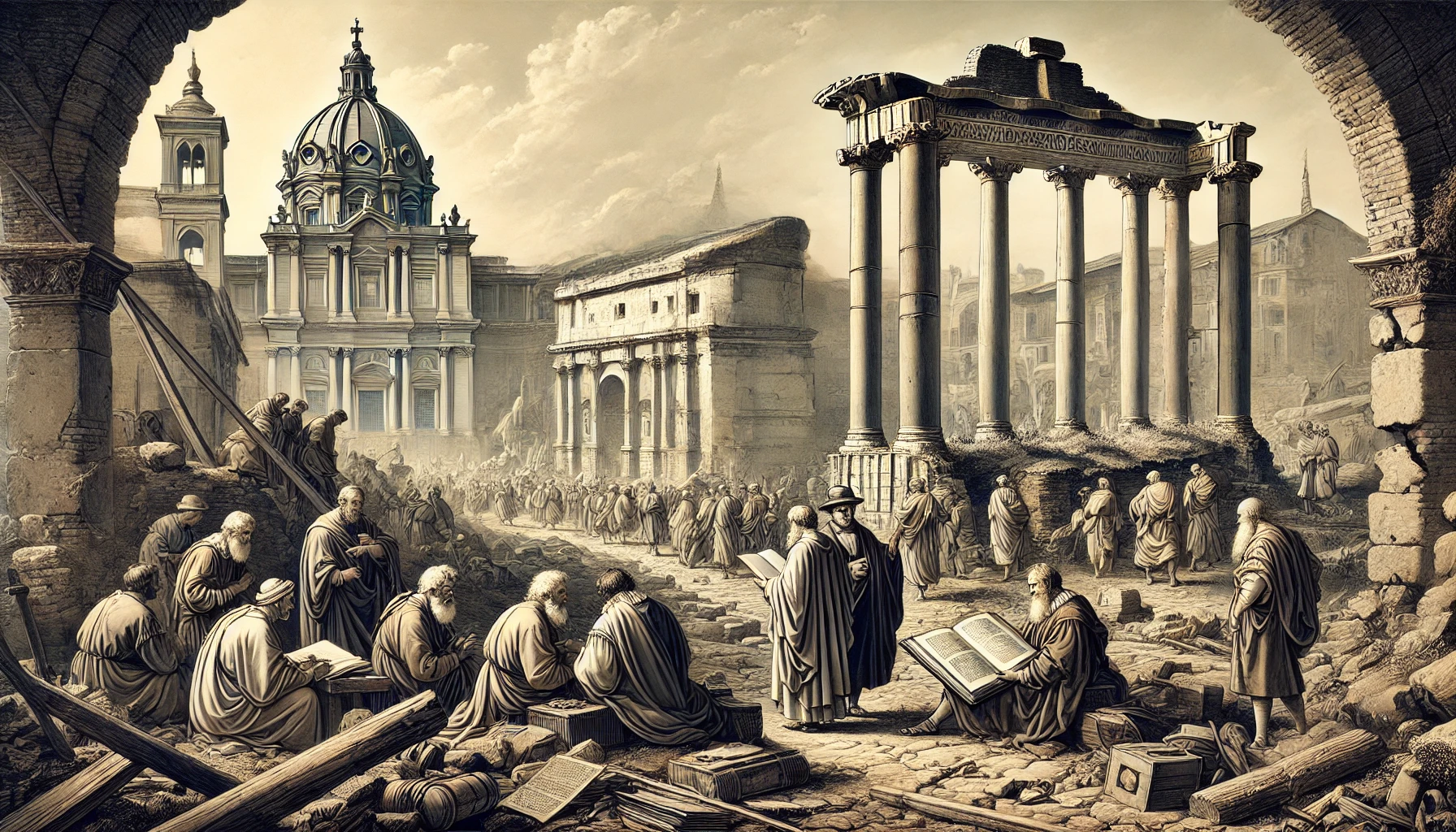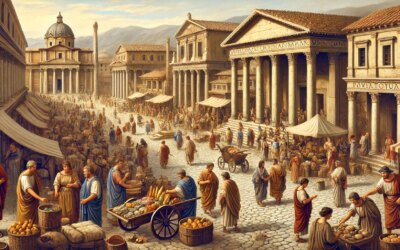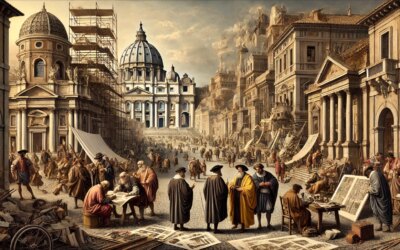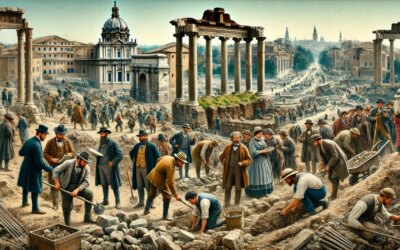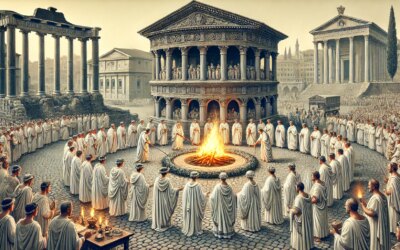Introduction: Renaissance Interest in Ancient Rome
During the Renaissance, a cultural movement rooted in the rediscovery of classical antiquity, the ancient ruins of Rome captivated the minds of scholars, architects, and artists. Among these remnants, the Roman Forum—once the bustling heart of the Republic and Empire—emerged as a key site of interest. Overgrown and largely forgotten during the Middle Ages, the Forum began to draw attention from Renaissance thinkers who sought to reconnect with Rome’s illustrious past.
Initial Explorations and Documentations
By the early 15th century, the scattered remnants of the Forum became a destination for intellectuals and antiquarians. Poggio Bracciolini, an Italian humanist and secretary to several popes, is often credited as one of the first Renaissance figures to take a keen interest in the site. He visited the area and wrote extensively about the ruins, identifying structures such as the Temple of Saturn and the Arch of Septimius Severus.
These early observers were not archaeologists in the modern sense, but their detailed sketches and notes laid the groundwork for future studies. Their efforts were guided by a deep reverence for Roman engineering, law, and culture, all of which inspired Renaissance leaders seeking to revive the glory of antiquity.
The Role of the Papacy in Rediscovery
The Renaissance popes played a pivotal role in initiating the first systematic efforts to explore and preserve the Roman Forum. Nicholas V (1447–1455) and later Julius II (1503–1513) directed funds and resources toward understanding Rome’s ancient heritage. Julius II, in particular, had a grand vision of restoring the grandeur of the Eternal City, and his patronage supported not only the excavation of ruins but also the construction of new projects inspired by classical forms.
The papal commissions of artists such as Michelangelo and Raphael often included studying ancient sites. Raphael’s famous letter to Pope Leo X advocated for a concerted effort to protect Rome’s ancient monuments, emphasizing their historical and educational value.
Uncovering the Forum’s Monuments
Renaissance excavators began clearing away the layers of earth and debris that had accumulated over centuries. They revealed the columns of the Temple of Saturn, the base of the Rostra where orators once addressed the crowds, and parts of the Basilica Julia. While these early efforts were limited in scope and occasionally destructive, they marked the first steps toward understanding the Forum’s layout and historical significance.
These discoveries were not purely academic; they also served practical purposes. Architects and engineers of the Renaissance drew inspiration from the Forum’s remaining structures, applying classical principles of proportion and symmetry to their own works. In doing so, they not only preserved fragments of Rome’s ancient identity but also reintroduced its aesthetic ideals into contemporary art and architecture.
Legacy of Renaissance Efforts
The Renaissance rediscovery of the Roman Forum laid the foundation for modern archaeology. By combining scholarly inquiry with physical exploration, these early excavators began to piece together a coherent picture of ancient Rome. Their sketches and writings informed future excavations, providing valuable reference points for generations of historians and archaeologists.
Although Renaissance excavations lacked the precision and scientific methods of modern archaeology, their enthusiasm and reverence for the past sparked a broader movement to protect and study Rome’s ancient heritage. The Renaissance revival of classical antiquity not only enriched the cultural life of the time but also ensured that the Roman Forum would remain a symbol of the city’s enduring legacy.

